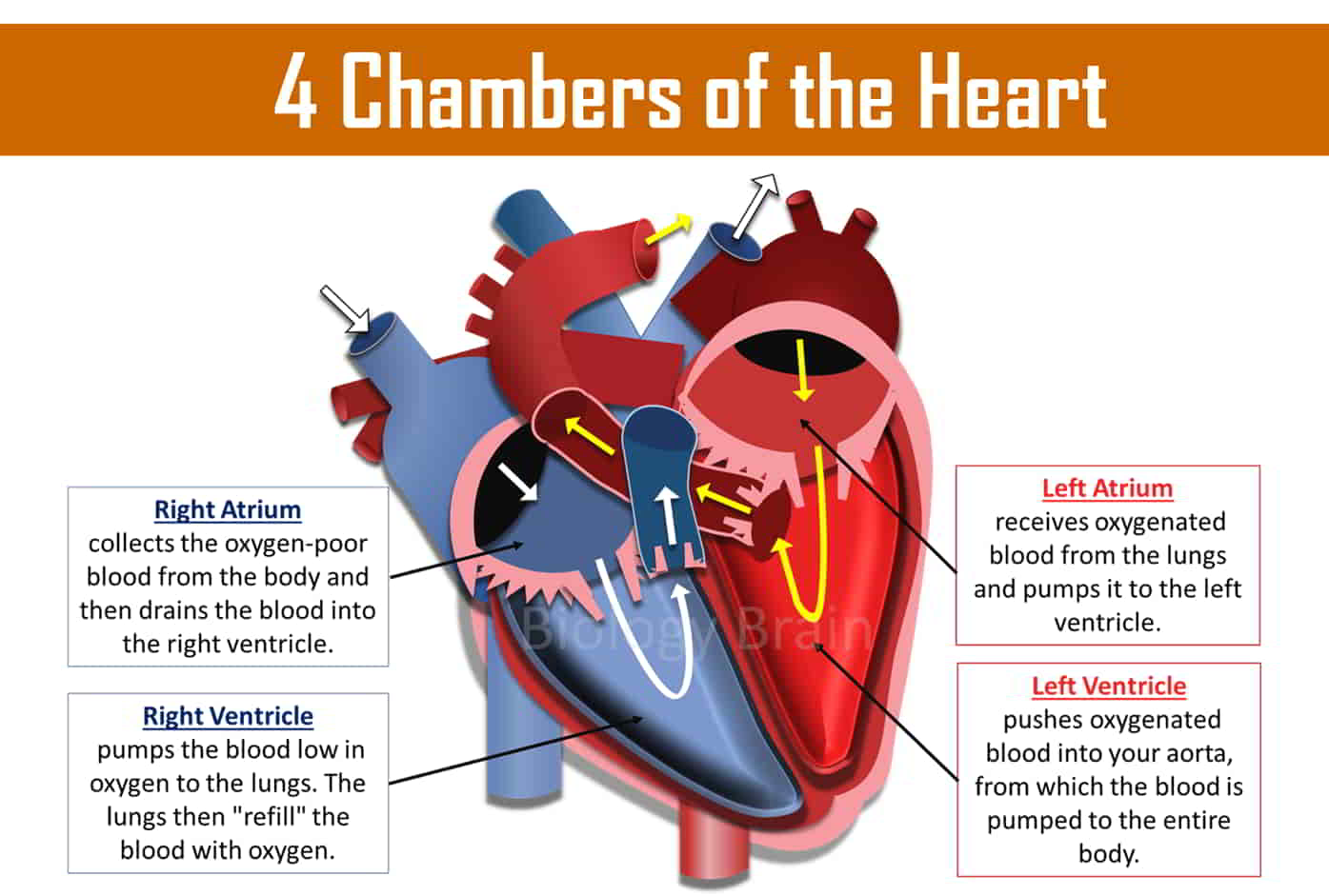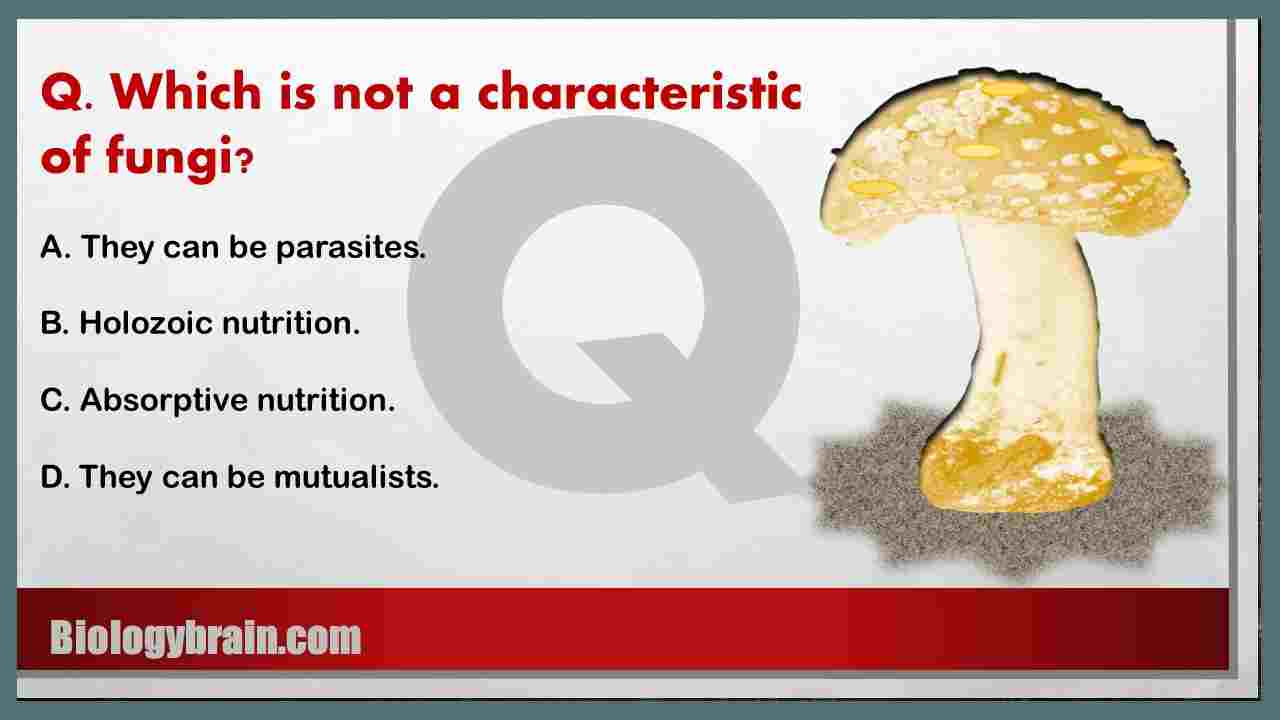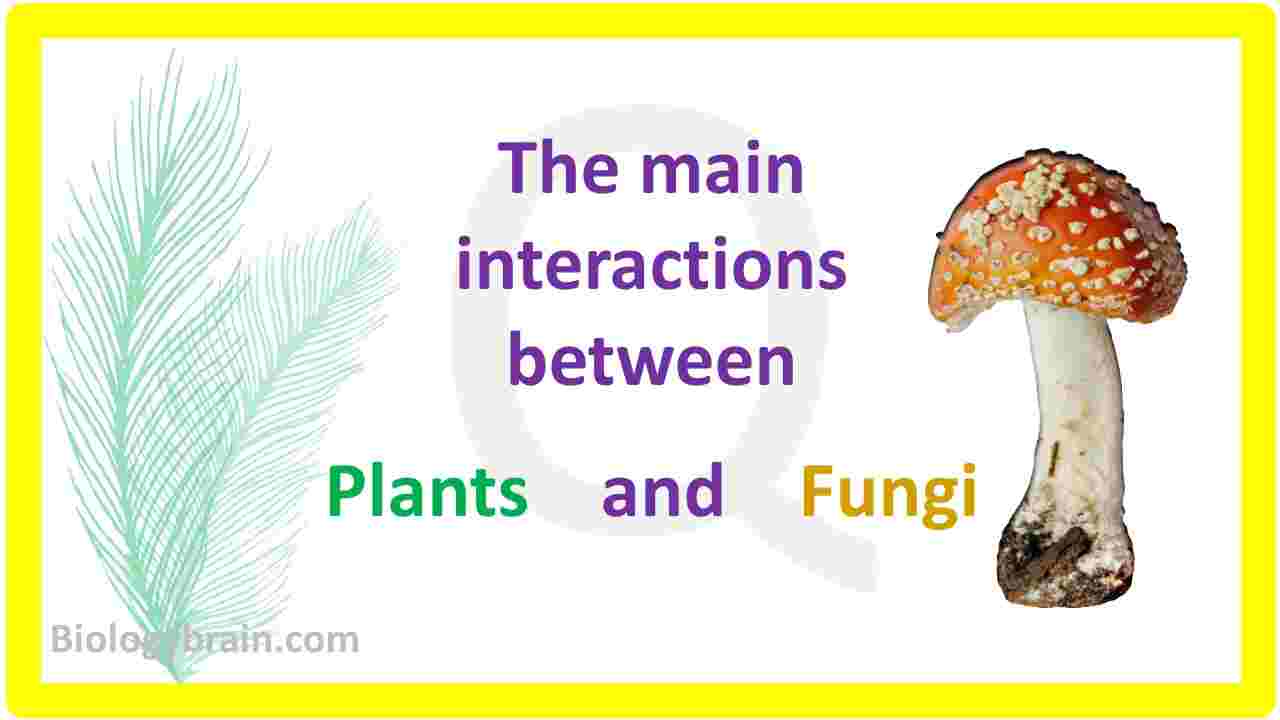The heart is a hollow muscle. It is considered a blood pump in the body. It is located in the center of the chest. The blood, carrying essential nutrients and oxygen, is continuously pumped to the body’s organs and tissues by the heart. The heart serves as the body’s main muscular pump, ensuring that blood is circulated throughout the entire body.
Adult heartbeats typically range from 60 to 80 per minute while at rest. Blood is pumped through the body each time the heart beats. A longer period of physical activity causes our hearts to beat at a higher frequency. As a result, our body’s blood flow moves more quickly. In order to provide the body’s cells with more oxygen, the blood can then gather more oxygen per minute from the lungs.
How many chambers does the heart have?
Typically the heart is divided into two halves by a wall in the middle, known as the septum. Each half contains two chambers named the atrium (upper) and ventricle (lower).
The heart contains four distinct chambers:
- Right atrium
- Right ventricle
- Left atrium
- Left ventricle
Right atrium: The right atrium is the first chamber (upper side) of the heart. The right ventricle receives blood that is low in oxygen from the body and then empties the blood into the right ventricle.
Right ventricle: It is the second chamber (lower side) of the heart. It pumps the blood, which is low in oxygen, to the lungs. The blood is then “refilled” with oxygen in the lungs.
Left atrium: It is the heart’s third chamber, found on the top side. In contrast to the right atrium, the left atrium receives oxygenated blood from the lungs and pumps it to the left ventricle.
Left ventricle: It serves as the heart’s principal chamber. It is responsible for pushing oxygenated blood into your aorta (the largest artery in the body). The muscles in the walls of the left ventricle have to thicken when the heart needs to pump more blood too forcefully.

How does the heart work?
A typical person’s body continuously circulates five liters of blood all the time. Your heart doesn’t get tired like other body muscles do because the heart’s muscular movements are under involuntary control, which is mediated by the autonomic nervous system (ANS).
Continuous blood circulation is crucial for providing oxygen and nutrients to the entire body. The cardiovascular system includes the heart, blood, and blood vessels.
Once the oxygenated blood that the heart has pumped throughout the entire body has served its purpose, it turns into deoxygenated blood, which is why it must return to the heart to be oxygenated in the lungs. Blood that is low in oxygen first enters the right atrium and then moves to the right ventricle. The right ventricle pumps this deoxygenated blood into the pulmonary artery, from which the blood finally gets pumped to the lungs (pulmonary circulation).
The blood in the lungs absorbs oxygen and releases carbon dioxide to become oxygenated blood, which is the blood that is rich in oxygen. Following that, it returns to the heart via the pulmonary veins, this time to the left side of the organ. The cardiovascular system then pumps the oxygenated blood back to the entire body to provide it with oxygen.
This entire process is called the cardiac cycle. The terms “systole” and “diastole” are used to refer to the contraction and relaxation of the heart muscles, respectively. The closing of the valves causes the heartbeat.
How many valves does the heart have?
There are four valves in the human heart.
- Tricuspid valve
- Pulmonary valve
- Mitral valve
- Aortic valve
Each time your heart pumps blood, four valves open and close to ensure the blood flows in the right direction. Every time they open and close, they produce two sounds that together make up the heartbeat.
All about heart and takeaways
Most parts of the heart are made of muscle. Generally, the structure of the human heart is highly complex and is made of different components like connective tissue, muscular tissue, nerve tissue, and blood.
As the heart pumps blood; its muscles contract and release the tension contentiously.
When you are resting, a healthy heart beats approximately 70 times per minute.
Exercise causes the heart to beat more quickly.
The rib cage shields the heart, which also guarantees that the heart beats normally.
The heart contains four distinct chambers; the right atrium, right ventricle, left atrium, and left ventricle.
Deoxygenated blood flow to the lungs
- Deoxygenated blood that has been gathered from various body tissues and organs is carried to the right atrium by the Superior Vena Cava.
- The contraction of the atria causes the right ventricle to receive blood from the right atrium via the tricuspid valve.
- When the ventricles contract, blood is forced from the right ventricle into the pulmonary artery, which carries blood to the lungs via the semilunar valve.
Oxygenated blood from the lungs
- Once the blood has been oxygenated in the lungs, it leaves the lungs and returns to the left atrium via the pulmonary veins.
- The contraction of the atria pushes the blood from the left atrium into the left ventricle through the bicuspid valve, also known as the mitral valve.
- While the contraction of the ventricles forces the blood out of the left ventricle via the semilunar valve (aortic valve) into the aorta, which transports blood to the rest of the tissues and organs of the body.
Congenital defects of the heart
Very rarely, congenital defects like a “hole in the heart” can occur in the wall separating the two halves of the heart. Treatment is rarely necessary for minor flaws, but surgery may be required to correct more serious flaws.
References:
How does the heart work? (https://www.ncbi.nlm.nih.gov/books/NBK279249/)










